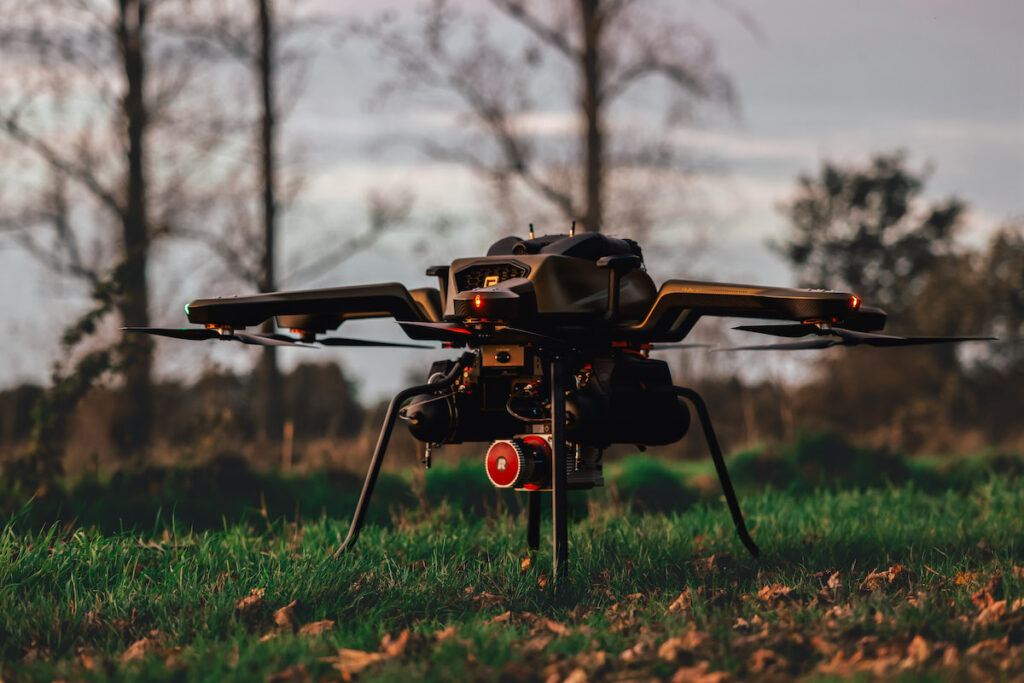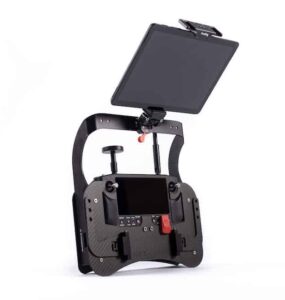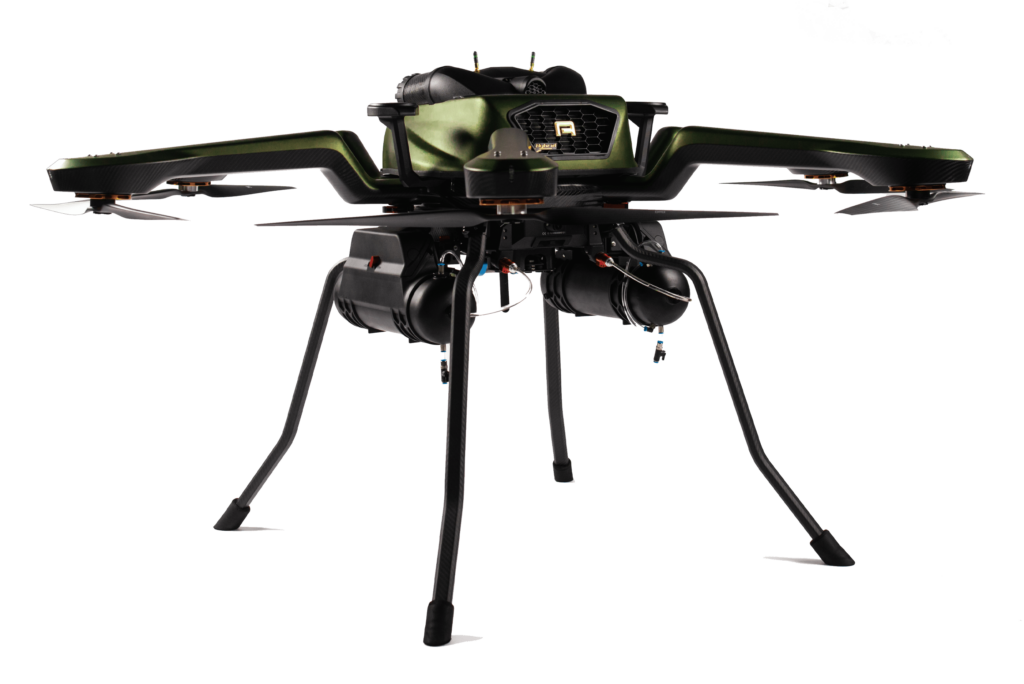
Ever wondered why many leading LiDAR manufacturers use Acecore platforms as the benchmark? Or the secret to achieving the same level of vibration isolation in the Hybrid as the electric Noa? Acecore Technologies sits down with UST to discuss what makes them leaders in the manufacture of professional unmanned aerial systems.
Acecore drones are used extensively in the LiDAR industry, what makes them so ideally suited to professional scanning and mapping?
The flight stability is a much-loved and appreciated characteristic of our systems. For LiDAR use this means insurance for clear and unobstructed results. Besides that, I think our flight times are on par or even better than our competitors, with Noa Hybrid achieving 175 minutes of real-world flight time with a payload of 2 kg’s. There are multiple leading LiDAR manufacturers that are using our platforms as the benchmark for testing and developing.
George is a modular carbon fiber base station; can you talk us through the changes and advantages of George over the standard Herelink?
 As previous end-users ourselves we understand the importance of a high-quality controller; it needs to be tough, user-friendly and the battery needs to last. We designed the Herelink George with those things in mind.
As previous end-users ourselves we understand the importance of a high-quality controller; it needs to be tough, user-friendly and the battery needs to last. We designed the Herelink George with those things in mind.
We got a lot of love for our control holder and after 4 years we decided it was time for an updated version. That’s why we are currently developing the Herelink George V2, with all the previous advantages, but now even more ergonomic and with a hot-swappable battery.
Acecore has developed a tether system for both Neo and Zoe multirotors, can you outline the benefits of this system for professional operators?
The tether system enables long-duration missions. The tether delivers continuous power to the drone, giving it practically unlimited flight-time. Using the data cable as the C2 (command-and-control) gives another big advantage: the ability for unjammable and safe communications with high-speed data transfer. The tether gives mission options for a range of applications as crowd control, traffic management, surveillance. Another option is to create a fast deployable network point with an onboard relay network. Thus, providing other drones or systems with an extended operating area. This feature is used by our military customers in particular.
Are you proud of any particular real-world use-cases that you can share with our readers?
We’ve been working with UMAG Solutions, a Danish company, for around 2 years now. UMAG creates cutting-edge magnetic systems, giving the users world class data to detect unexploded ordnance and landmines. This year, the technology was ready for real world use. The Danish government provided the Ministry of Defense of Ukraine with 6 of Acecore Noa drones with the mine-detection scanner. We’re very proud of this use-case. It’s providing very valuable data for the Ukrainian military, but more importantly, it’s capable of saving lives.
Can you tell us more about the development and thoughts behind one of your most recent systems, the Noa Hybrid?
 The development of our first Hybrid drone was mainly done by months of excessive testing. We wanted our Hybrid drone, which has many more moving parts, to be just as reliable and consistent as our proven electric systems. By throwing all kinds of scenarios at this Hybrid we managed to develop the Noa Hybrid to the same standard as our other drones.
The development of our first Hybrid drone was mainly done by months of excessive testing. We wanted our Hybrid drone, which has many more moving parts, to be just as reliable and consistent as our proven electric systems. By throwing all kinds of scenarios at this Hybrid we managed to develop the Noa Hybrid to the same standard as our other drones.
The biggest challenge we had to face was vibrations. Thankfully after lots of development the Hybrid is now at the same level of vibration isolation as our electric Noa, which we’re very proud of. For us this was an essential characteristic for our drone, making it perfect for LiDAR scanning for example.
The choice for a gasoline-type hybrid was a well-thought-out choice. That being said, we’re also very familiar with the hydrogen fuel cell technology and see an integration of one of those cells as imminent when the right project comes along.
The thoughts originated from the needs of more flight time for specific use cases. The electric Noa has a maximum flight time of 60 minutes, while the Noa Hybrid has bumped that number to 265 minutes. Transforming the Noa into a full hybrid system did mean giving up some payload capacity. Luckily, we were able to keep that to a minimum, meaning we still ended up with a payload capacity of 6 kilo. Giving our customers a truly usable hybrid platform.










